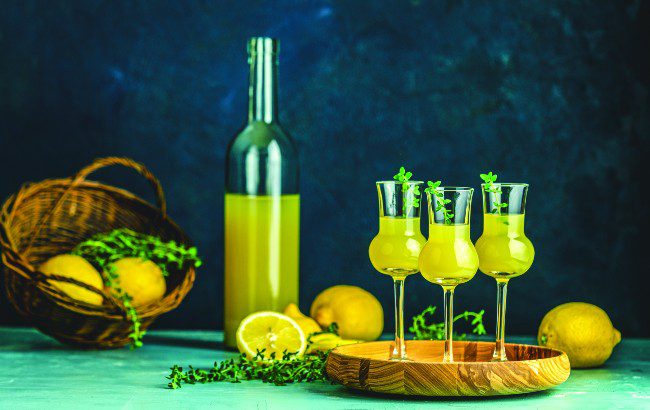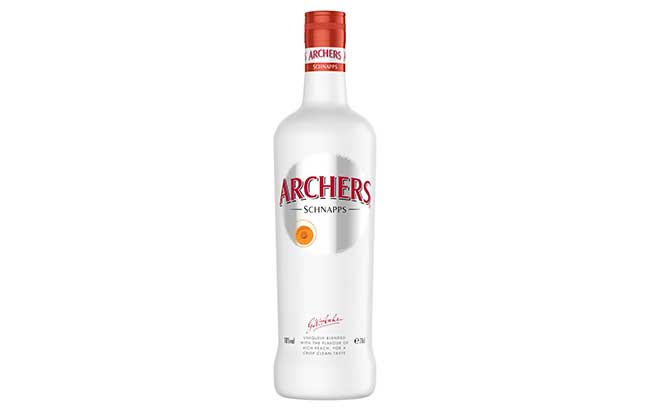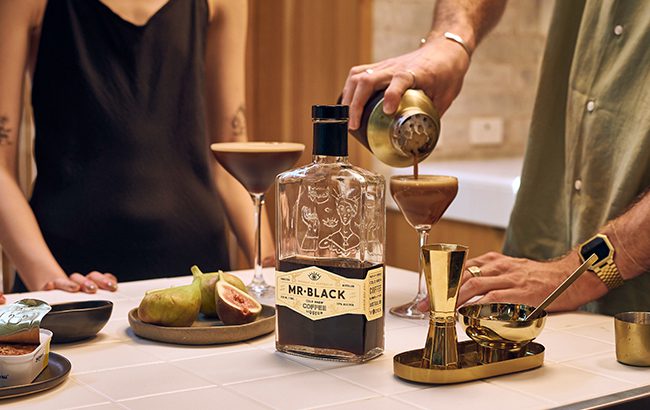World Spirits Report 2022: liqueurs & speciality spirits
This year has seen momentum in the liqueurs and speciality spirits category, and despite some challenges ahead, the outlook appears bright for the sector.

“Some of the existing trends accelerated during Covid, and helped significantly to increase interest in some liqueur brands, particularly those from natural quality ingredients, those with a lower-ABV, any new, exciting flavours and, of course, simple, great-tasting, easy-to-make-at-home cocktails,” notes Julian Fernandez, global marketing and innovation director at Zamora Company, whose portfolio includes Licor 43 and Villa Massa.
“Over the past few years, liqueurs have become more dynamic and innovative.”
This has translated well into sales for the category overall. Liqueur sales by volume for 2022 are expected to end at 126.2 million nine-litre cases, according to Euromonitor International, up from 121.3m in 2021. By value, things are also looking good, with 2022 forecast figures due to hit US$49.4m, up from US$44.5m the previous year.
For Licor 43, Fernandez notes: “Traditionally, our strongest markets have been in Europe, particularly Germany, the Netherlands, Spain, Belgium and in the Nordics. In the past five to 10 years, countries like Mexico, the US, and Brazil have experienced tremendous growth, and are now in the brand’s top six markets.”
The on-trade has been important to the liqueur category’s recent success, particularly for non-cream liqueurs, as Grand Marnier highlights.
“Non-cream liqueurs have seen incredible growth across the on-trade since 2019, growing by 23.5% compared with 7% total spirits [CGA data to 10 September 2022],” says Tristram Lilburne-Fini, Grand Marnier UK brand ambassador, Campari Group UK.
“This led to considerable share gain for the category too, accounting for 12% of total spirits volume [Wavemaker: Cost of Living Crisis Research, October 2022].”
Liqueurs have gathered momentum, and the category could continue this success by capitalising further on trends such as classic cocktails, new serves, and flavour pairings.
Campari Group reported an 18.6% sales rise during its third quarter; for the first nine months of 2022, the company’s sales soared by 19% to €2 billion (US$2.07bn). The company’s Campari liqueur brand enjoyed 29.9% growth during the third quarter, while stablemate Aperol grew by 31.4%.
There are, of course, a number of challenges both liqueurs and speciality spirits will have to navigate in 2023. However, Grand Marnier’s Lilburne-Fini remains upbeat about the outlook for next year.
“Despite the cost-of-living concerns, more people are socialising at home, with 45% starting to do this more,” says Lilburne-Fini. “People’s appetites for at-home mixology has also not slowed post-pandemic, with home bartenders continuing to invest in cocktail essentials to liven up their drinking experiences in their homes.”
For Fernandez, focusing on education will be important to help retain and encourage consumer interest in liqueurs. “Taking a longterm approach and having a very clear education, trial and serve strategy (which can, of course, be adapted to certain markets) is critical for liqueur brands to succeed,” he adds.
If brands can crack this, Euromonitor’s predicted volume growth for liqueurs to 130.6m cases in 2023 should be attainable.
Brands to watch in 2023
Archers

Peach schnapps brand Archers is a household name, especially in the UK, but it has not been a particularly active brand in recent years – but that could be about to change. In September former owner Diageo sold the brand to De Kuyper Royal Distillers. Under the guidance of the Dutch liqueur producer, Archers could be given a new lease of life in 2023.
Picon
![]()
Campari Group bolstered its position in the French apéritif market when it bought Picon from Diageo for €119m (US$125.5m) in May 2022. The brand is arguably not that well known outside of its native French market, where it generates nearly 80% of its sales and commands the number-one position in the bitter apéritif category. With new owners at the helm, will 2023 be the brand’s breakout year?
Mr Black

Following the previous two sales, Diageo also replenished its liqueur portfolio with the purchase of Australian cold-brew coffee liqueur brand Mr Black. The coffee liqueur was the fastest-growing brand in the global coffee liqueur category by volume between 2017 and 2021, according to IWSR Drinks Market Analysis. Now, with the muscle of Diageo behind it, the world is Mr Black’s oyster.
Related news
Butterfly effect becomes catalyst for Silver Lyan menu
